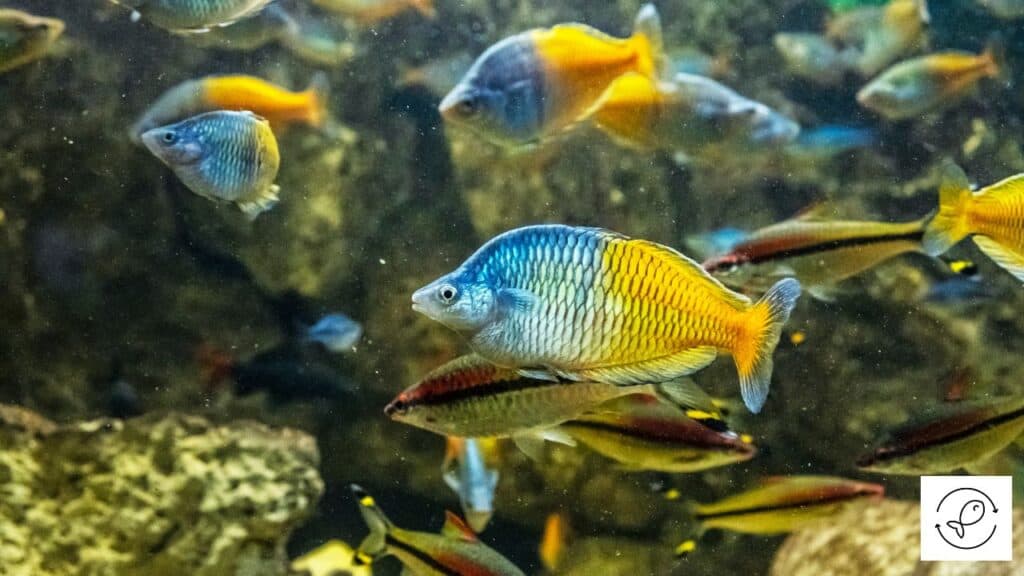Each fish species has a unique reproductive cycle.
Some fish give live birth, while others are egg-scatterers.
So let’s learn more about the most popular aquarium fish that lay eggs.
Aquarium Fish That Lay Eggs
Bettas
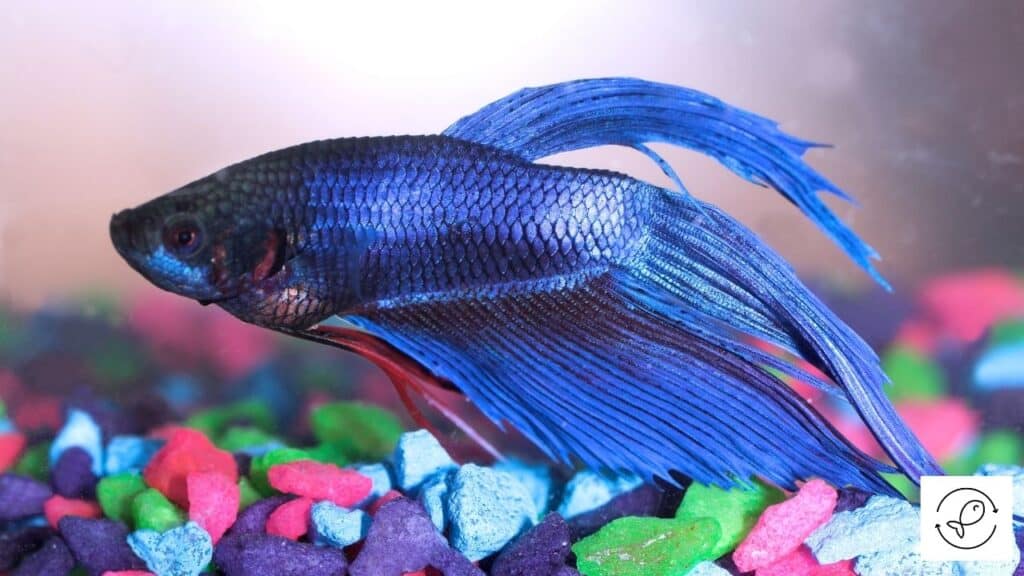
Bettas are commonly referred to as Siamese Fighting fish.
They’re one of the most popular fish in the aquarium trade.
Their vivid coloration and flowing fins are a great addition to any aquarium.
Bettas have a unique breeding behavior. They build bubble nests as a part of their breeding process.
Female betta fish lay eggs after the mating ritual in the nest. The average number of eggs they lay varies between 30 to 100.
But female bettas can lay up to 100 eggs in a batch. The eggs are white and oval, around one millimeter in diameter.
Amongst the various betta species, the mouthbrooding bettas lay very few eggs, between 10 to 20 a batch, since the males hatch the eggs in their mouth.
Male mouthbrooding bettas hold the eggs in their mouth for around 7 to 10 days before they release the fry out of the mouth.
The eggs of these bettas are comparatively bigger, around 2 to 3mm, and take longer to hatch.
Plecos
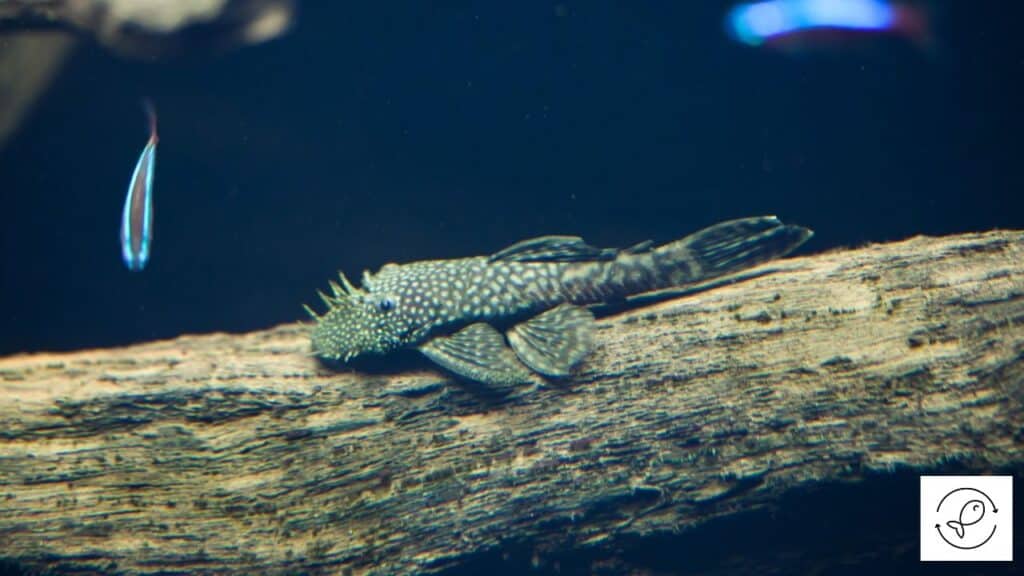
Plecos are unique for their distinct appearance and tank cleaning abilities. They’re also well-known for their unique spawning process.
Plecos prefer hiding places to feel secure and lay eggs.
They search for a safe hiding place in the wild, such as a gap under the rocks to lay eggs.
In captivity, plecos prefer a cave to spawn. A female pleco lays around 10 to 300 eggs, depending on the species.
Ancistrus species like bristlenose plecos lay around 50 to 200 eggs.
In contrast, Hypancistrus species such as zebra plecos lay fewer eggs, between 5 to 20.
The eggs are round and laid in clutches inside the cave. Also, the eggs are pretty large, around 2 to 4 mm in size.
Bristlenose pleco eggs are more orange in color compared to the pale and grey to yellow color of zebra plecos.
Tetras
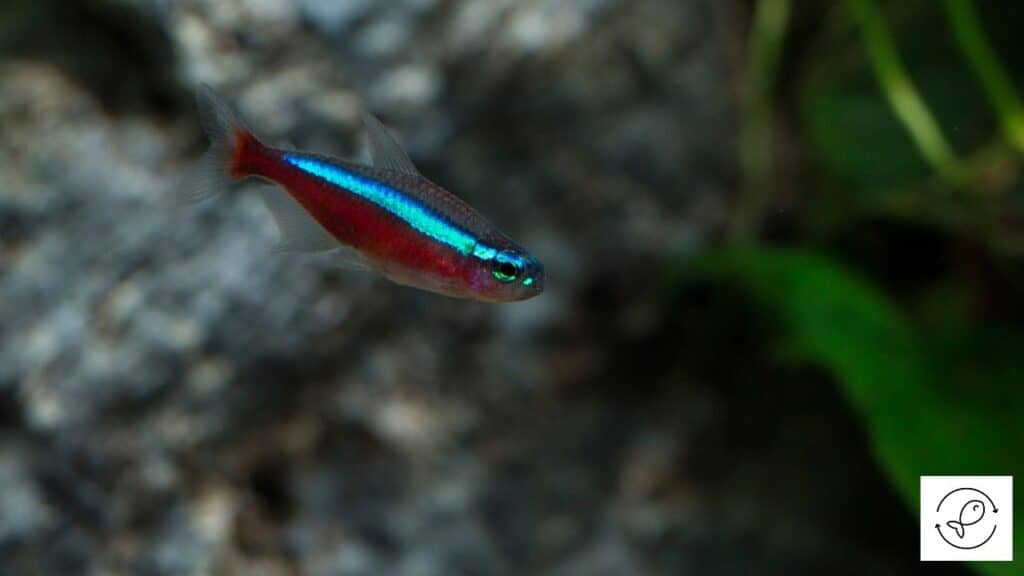
Tetras are famous for their sparkling colors and lively personalities.
They’re sparkling jewels of any freshwater aquarium setup.
Tetras spawn periodically in their natural habitat. A pair of tetras usually spawn every fortnight in the wild.
Similarly, captive tetras can also spawn approximately every 14 days under favorable water conditions.
Female tetras lay around 50 to 130 eggs, out of which 30 to 40 hatch 24 hours after fertilization.
These fish are egg scatterers. Hence, the eggs will be scattered throughout the tank.
Tetra eggs are white or yellow, a little bit sticky, and transparent.
The eggs are spherical-shaped balls and smaller than one millimeter.
After the eggs are laid, the sticky ones attach to the moss, plant leaves, etc.
In contrast, the non-sticky eggs float at the tank’s bottom.
The fertilized eggs have a small dot inside them, which is visible through the translucent shell.
Goldfish
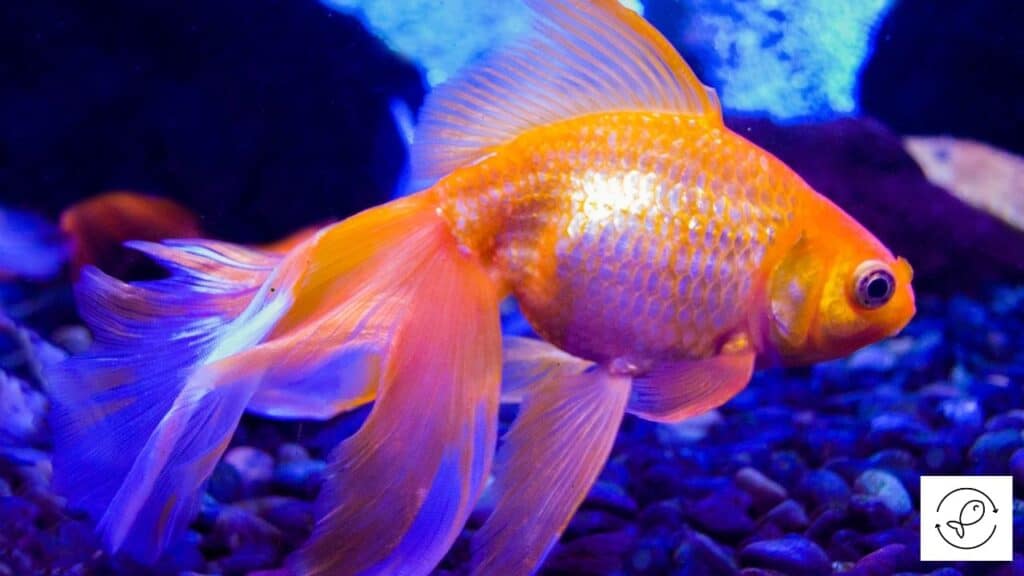
Goldfish are the most popular aquarium fish worldwide.
They’re favorites among aquarists for their vibrant coloration, peaceful nature, and hardiness.
Goldfish spawn more than once a year. Outdoor goldfish can spawn twice or thrice a season in warmer climates.
In aquariums, goldfish can spawn all year long if the water conditions are favorable.
Female goldfish can lay up to 1000 eggs at a time.
However, not all eggs are fertile as some don’t develop, some don’t get fertilized, and others may not hatch.
The eggs are oval and have a bubble-like appearance.
They’re also sticky and can be found stuck to a plant leaf or substrate in the aquarium.
The color ranges from white to yellow-orange, depending on whether the eggs are fertilized.
Fertilized eggs are usually yellow with a black spot at the top of one end. On the contrary, unfertilized eggs are semi-clear white.
Rainbowfish
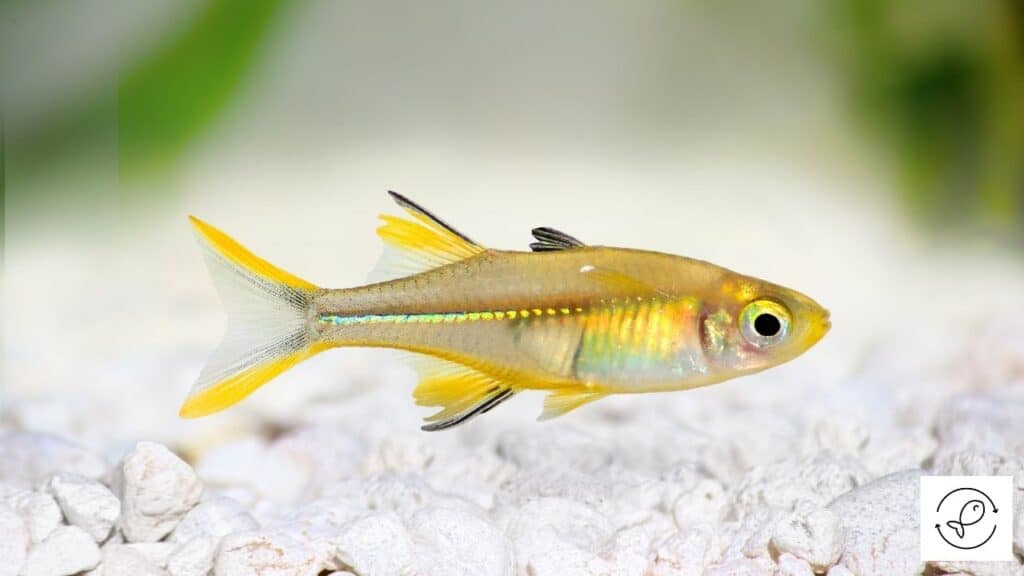
Rainbowfish have a striking appearance with colorful markings on their body.
Their peaceful behavior and social nature make them one of the most preferred fish in community aquariums.
Rainbowfish are egg scatterers. They usually spawn in the morning.
Female rainbowfish lay around 20 to 60 eggs. The eggs are usually laid between or over the plants.
They remain stuck to the plants due to thin, sticky threads.
In the wild, rainbowfish spawn all year round. However, they lay many eggs at the start of the local rainy season.
The eggs usually get attached to aquatic vegetation and hatch in 7 to 21 days, depending on species and temperature.
Jack Dempsey
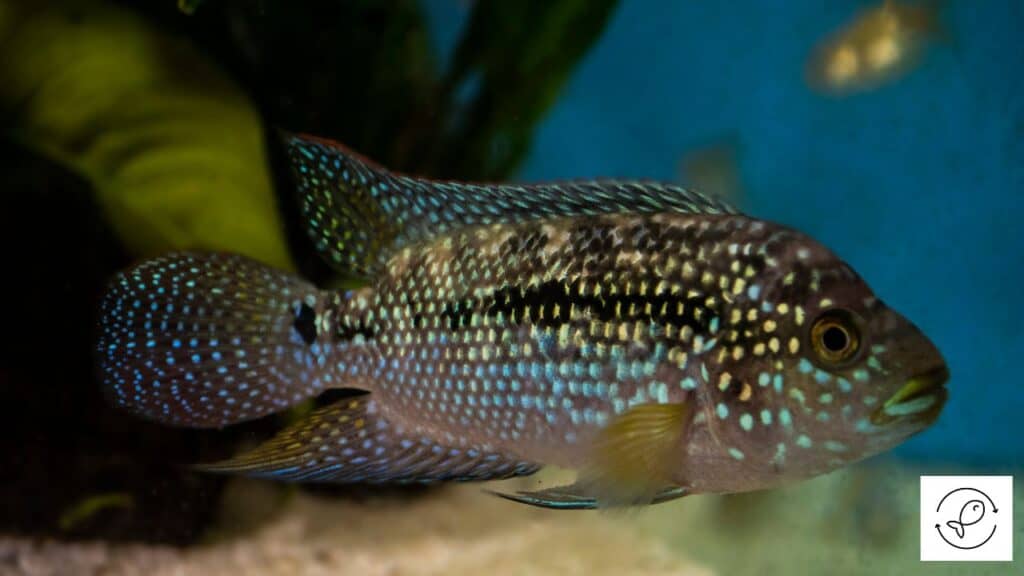
Jack Dempsey fish are known for their aggressiveness and feisty personality.
However, they’re still favorites among aquarists for their dazzling colors.
These fish are capable of reproducing frequently and in large numbers.
Female Jack Dempsey can lay 500 to 800 eggs.
These fish prefer hard and flat surfaces within their territory to lay eggs.
In aquariums, the spawning place can be rocks, logs, or the glass bottom of the tank.
Both the parents show substantial parental instincts. They incubate the eggs and guard the hatchlings.
Oscars
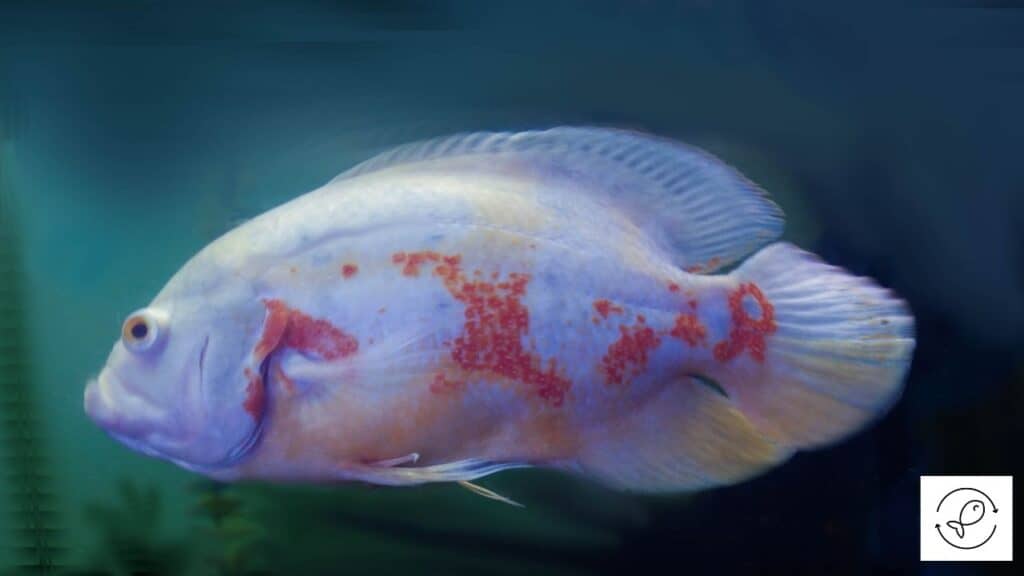
Oscars are a species of the Cichlid family, known for their intelligence, striking colors, and long lifespan.
Female oscars usually spawn 2 to 3 days after the mating ritual.
They lay eggs in batches of hundreds and up to 3000 eggs over a few days.
Smaller female oscars can lay around 500 eggs in the first spawning.
Once they become older, female oscars can lay thousands of eggs.
Spawning takes around 3 hours, resulting in a 6-inch or larger batch with evenly spaced rows of eggs.
The eggs are adhesive and about a millimeter in diameter.
The fertilized eggs will be tan or light brown as opposed to the unhatched ones, which are white.
The eggs take approximately 2 to 3 days to hatch and fry to be born.
Gouramis
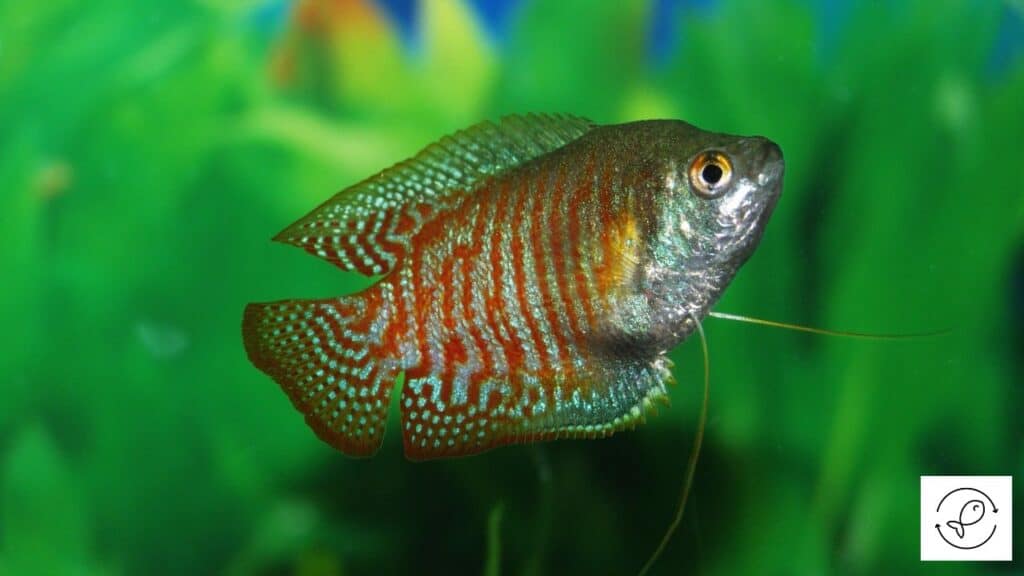
Gouramis are resilient, eye-catching, and undemanding freshwater fish ideal for most intermediate aquarists.
Just like bettas, some species of gouramis are also known to build bubble nests for spawning.
Examples of bubble-nesting gouramis include opaline gouramis, pearl gouramis, gold gouramis, moonlight gouramis, platinum gouramis, and others.
Chocolate gouramis are mouthbrooders, meaning they gather eggs in their mouth after spawning until they hatch.
Kissing gouramis, on the other hand, are neither mouthbrooders nor do they build a nest.
They scatter their eggs on the vegetation.
Many species of gouramis can lay up to 600 eggs in a single spawning.
The spawning lasts for around 3 to 4 hours with repeated cycles.
The eggs are tiny and appear like transparent air bubbles.
They hatch within 24 hours, and the fry start free-swimming in the next 3 to 5 days.
Discus
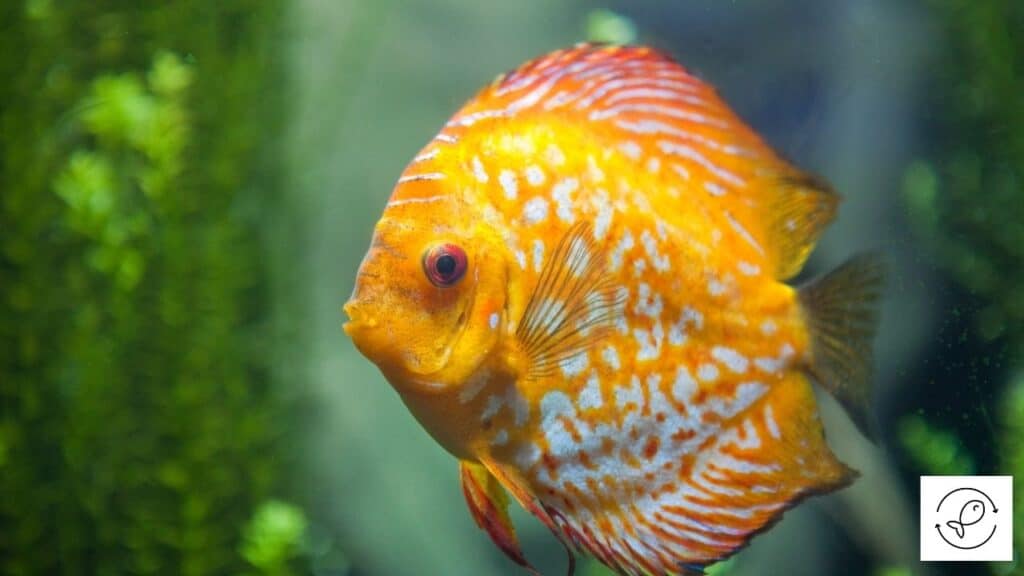
Discus fish are freshwater aquarium fish. They’re popular for their distinctive shape, bright colors, and beautiful patterns.
Discus fish can lay eggs every week for up to fifteen weeks during the spawning stage.
This cycle takes place twice a year and can be manipulated by adjusting the water conditions, temperature, and feeding.
Discus fish lay up to 400 eggs. They lay their eggs on rocks, plants, or other spawning surfaces.
If any spawning site isn’t provided in the tank, the females deposit the eggs on the vertical glass wall of the tank.
Freshly laid eggs are clear and white. The color changes to goldish or orangish upon the fertilization of eggs.
On the other hand, the unfertilized eggs remain white with fungus growing on them.
Angelfish
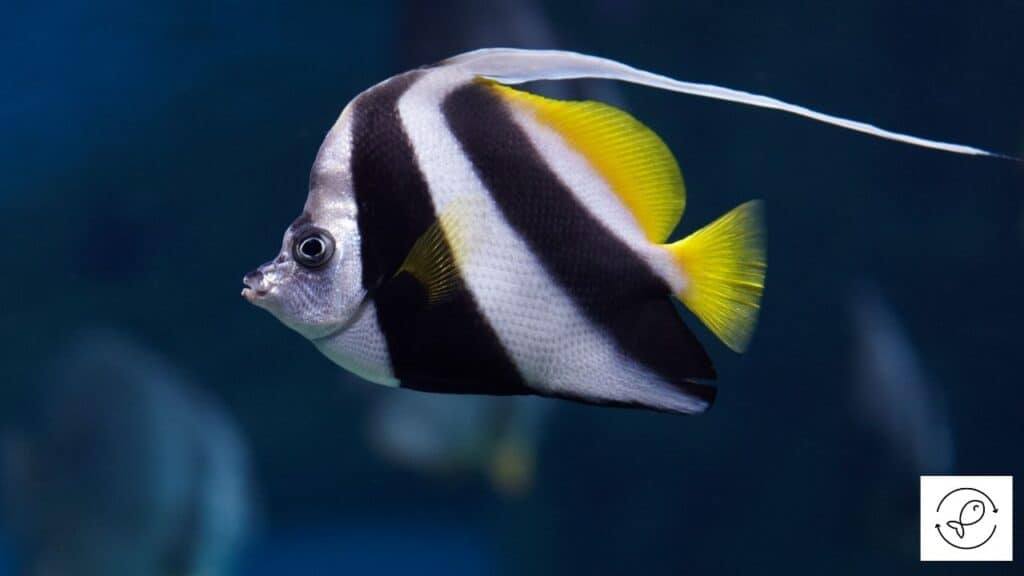
Angelfish are among the most popular aquarium fish due to their elegant shapes and vivid coloring.
These fish are known for their breeding capabilities.
A female angelfish can lay between 100 to 1000 eggs in a single breeding cycle, depending upon the strand and size of the fish.
Each pair of angelfish can spawn in a couple of weeks or more if you immediately separate the eggs.
In an aquarium, angelfish lay eggs on broad-leafed plants.
The eggs are sticky, transparent, and smaller than the head of a straight pin.
The color of eggs varies between translucent amber and brown.
The fertilized eggs take around 60 hours to hatch. On the other hand, the unfertilized eggs develop a white fungus.
Zebra Danios
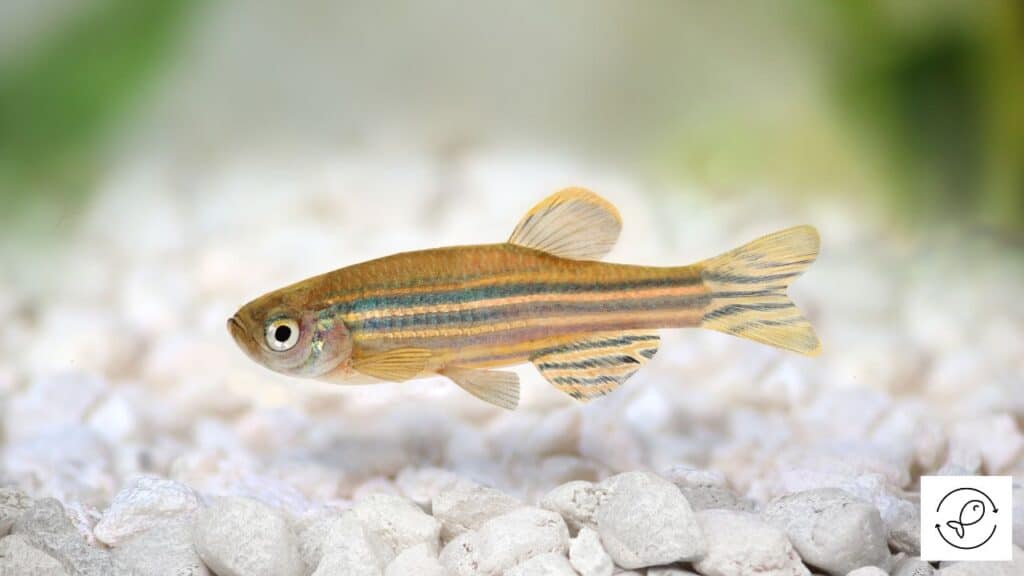
Zebra danios, also called zebrafish, are a good choice for novice aquarists due to their playful disposition.
They can withstand a wide range of water parameters and require minimum maintenance.
These fish mate with the same partner throughout their life. They rarely mate with another partner if their mate is no more.
Zebra danios are asynchronous spawners. They can successfully spawn, even daily, under optimal breeding conditions.
Female zebra danios can spawn at intervals of two to three days, laying hundreds of eggs in each clutch.
You can distinguish fertile eggs by their translucent appearance, while the unfertilized eggs appear white.
Cherry Barbs
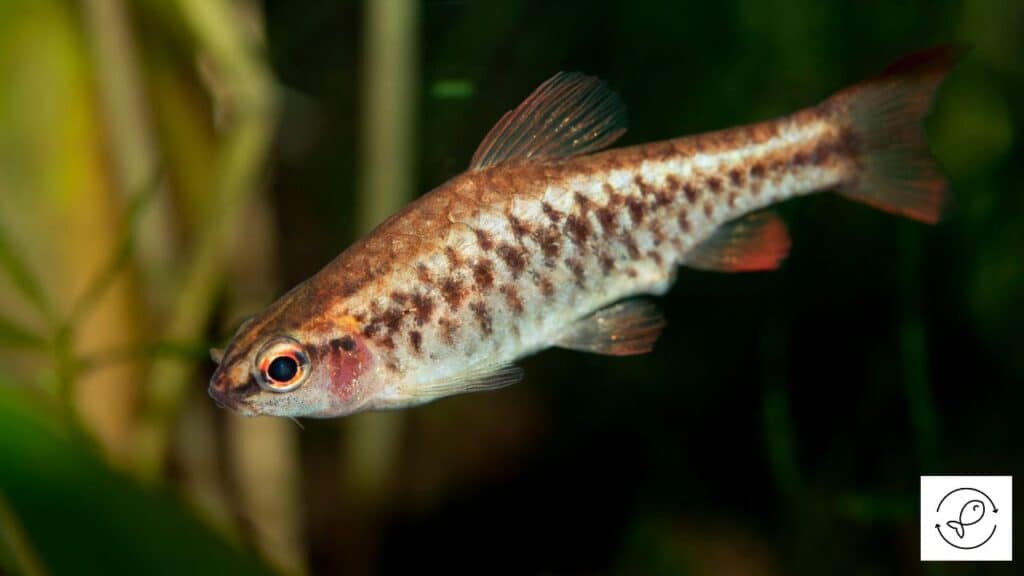
Cherry barbs are a colorful addition to any community tank.
Their hardiness makes them an ideal choice for beginners setting up their first planted tank.
Cherry barbs are very active during the spawning period.
A male cherry barb’s vibrant red color becomes more pronounced during the spawning.
This intensifying color attracts the females.
Female cherry barbs lay around 200 to 300 eggs. They release the eggs on the plants so that the eggs stick on the leaves.
Hence, a densely planted aquarium is required for these fish.
Cherry barbs lack parental instincts and are known to eat their eggs.
The eggs usually hatch in 24 to 48 hours, and the fry start free-swimming the following day.
Cory Catfish
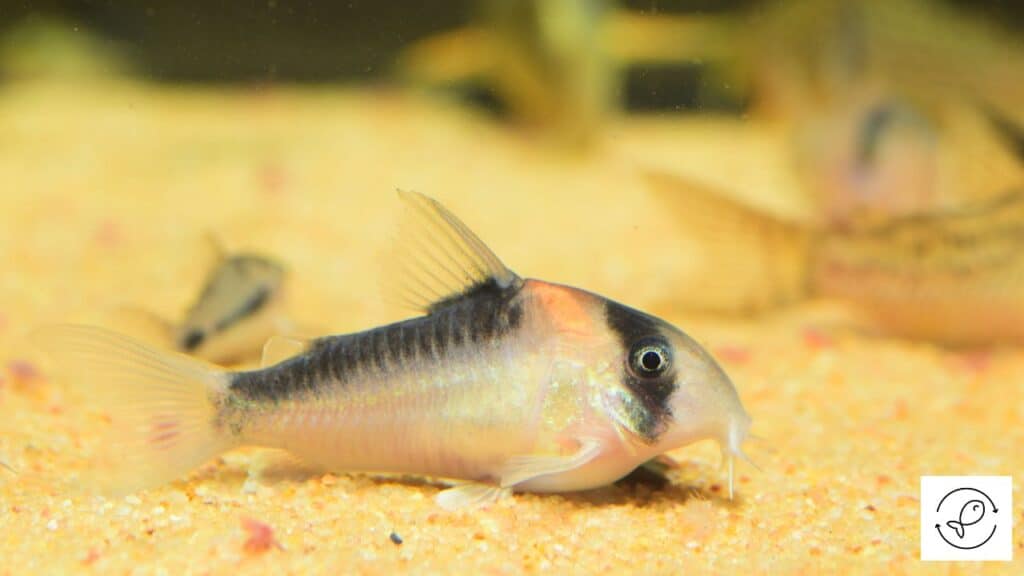
Cory catfish are favorites among aquarists for their unique appearance and calm temperament.
These fish are oviparous, meaning they lay eggs. Females lay around 50 to 150 eggs per clutch.
Captive female cory catfish usually lay their eggs against the glass, plants, or hard structures such as wood and rocks.
Some species of cory catfish also lay eggs in the substrate. They lay their eggs in small clusters spread throughout the tank.
The number of eggs depends upon the species, size, and conditioning of the fish before the spawning.
The fertile eggs appear beige and can also be identified by a darker spot in the middle as the hatching nears.
On the other hand, the infertile eggs look plain, white, or translucent and develop a fungus on them.
Koi
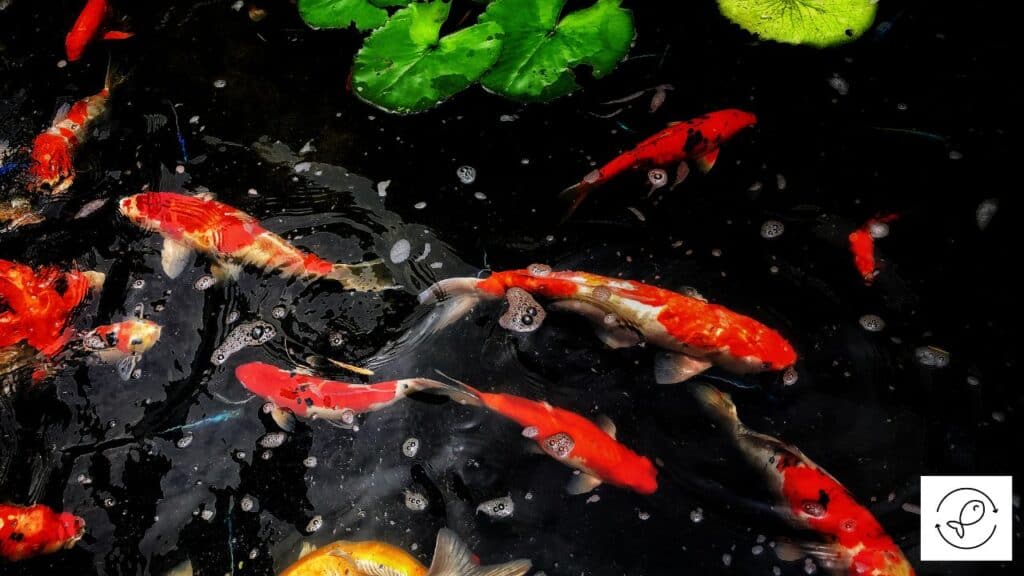
Koi fish are an ornamental species of fish native to Japan. These fish have been bred for hundreds of years.
They’re popular because of their beautiful colors and distinct markings. Their large size makes them ideal for an outdoor pond.
A female koi fish lays eggs annually, usually in late spring, May or June.
A single female koi fish can lay hundreds of thousands of eggs in her prime.
A large female can lay as many as 100000 eggs per kilogram of her weight.
Although these numbers sound outrageous, only 60% of these eggs hatch and even fewer of them have chances of survival.
In an outdoor pond, female koi fish will lay eggs on the shallow edges of the pond.
In a fish tank, they will lay eggs wherever there is more vegetation. However, it’s not recommended to keep koi in fish tanks.
The eggs are tiny and measure a few millimeters in diameter. They appear as tiny bead-like dots.
Fertilized and viable koi fish eggs will be clear, with a slightly brownish tinge.
You can notice tiny dots inside them that look like seeds.
Unfertilized eggs, or ones that aren’t viable due to deformities of the embryo, soon lose their brownish translucent appearance and turn milky white and look fuzzy due to fungal growth.

